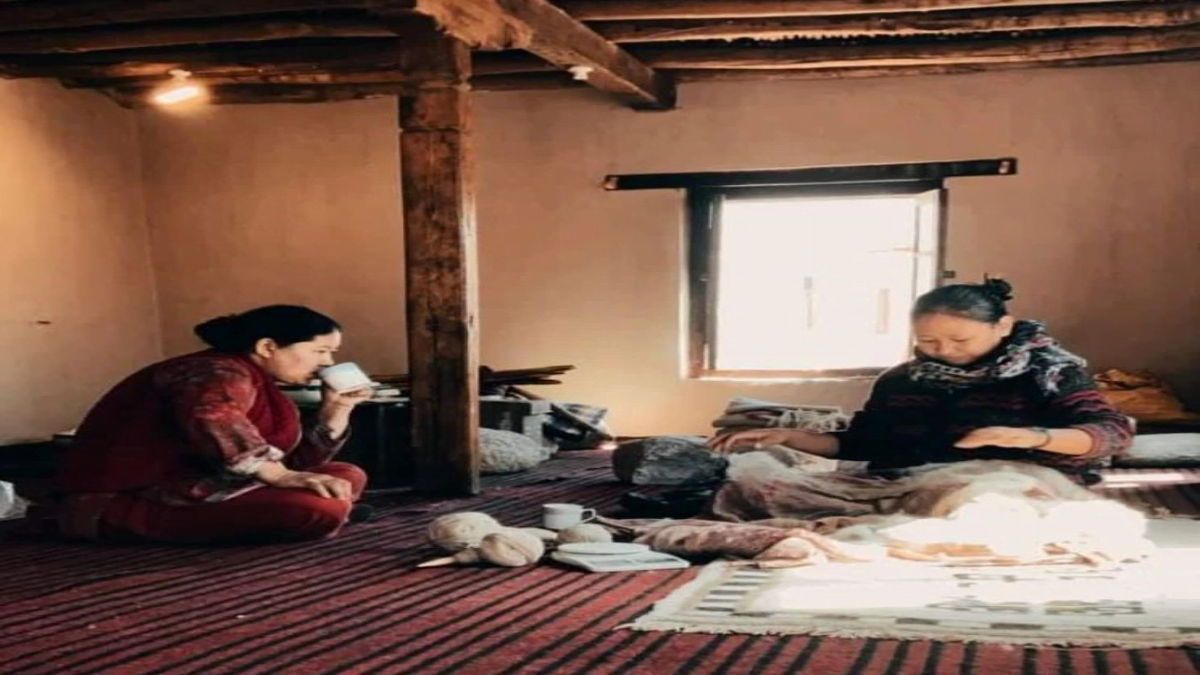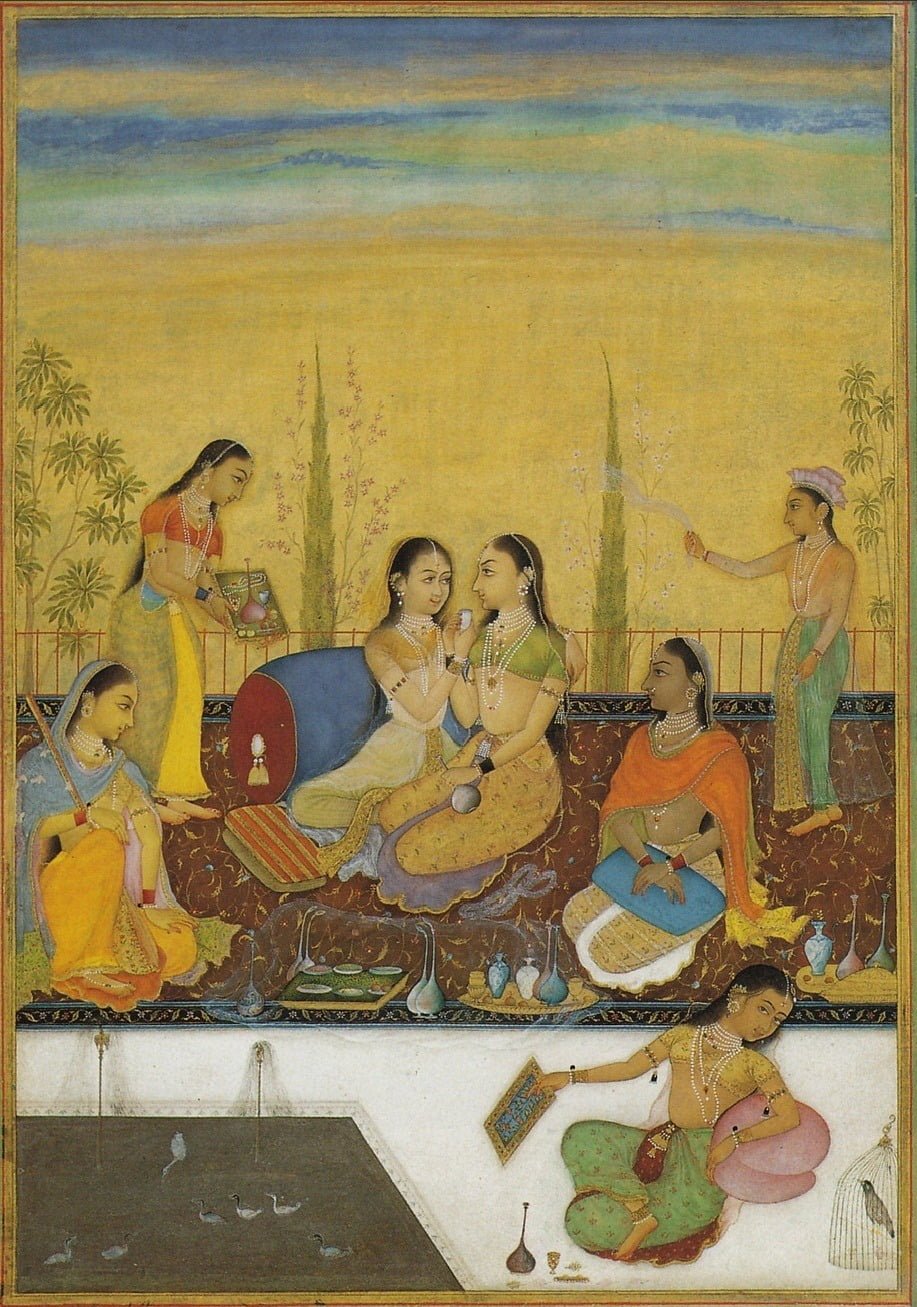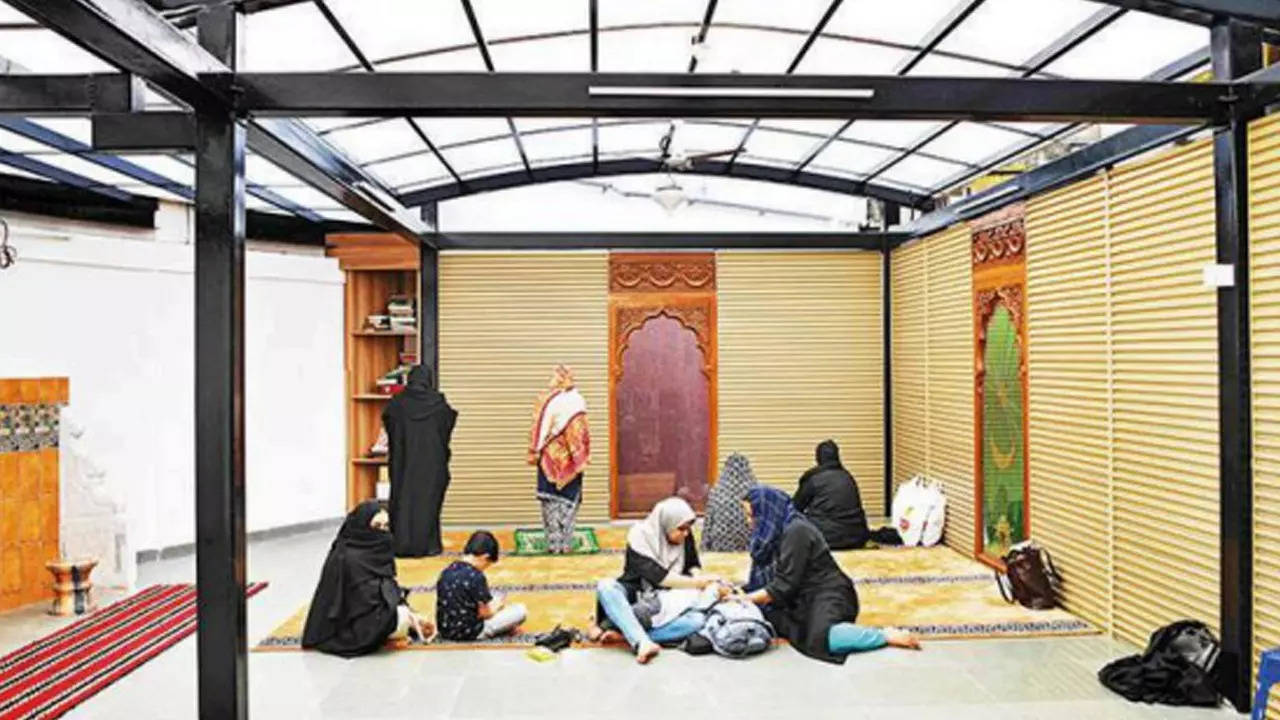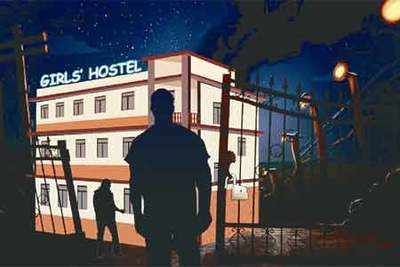Contrary to popular beliefs, the zenana or women sphere since the time of ancient rulers was not just confined to remain as structures of seclusion for the women of elite society. Rather, hidden from the male gaze and free from patriarchal notions, these spaces spoke of the power of women and their agency.
Spaces reserved for women have, since ancient times, provided a scope for organisation and a medium of empowerment.
While blood was shed to expand empires, the women of royal households ensured strengthening of kingdoms. It was here in the zenanas that alliances were forged, patronage was bestowed and the most careful of long-term political, administrative and economic planning carried out. Spaces reserved for women have, since ancient times, provided a scope for organisation and a medium of empowerment.
So where are these reserved spaces in contemporary times? Do they exist? And if they do, how are they serving the women folk?
Quite often these spaces are hidden in plain sight. Behind frosted glasses and layers of curtains exist the modern zenana with the same if not more colorful blur of activities away from the prying surveillance of the patriarchy.
Zenana: the early times
From the well-known figures Jahanara and Noor Jahan Begum to more obscure ones like Mubarak Begum and Begum Samru, women, from the zenana, wielded their power in different ways. Contributing to grand architecture, military expeditions and ruling from behind the scenes, countless women have not received their due recognition in creating spaces for women in the academic and historical discourse.
From the well-known figures Jahanara and Noor Jahan Begum to more obscure ones like Mubarak Begum and Begum Samru, women, from the zenana, wielded their power in different ways
The Fatehpuri Masjid stands tall as a testament to this fact among the bustling crowds of Old Delhi. Built by Fatehpuri Begum, this grand mosque is an unmatched example of female patronage in the cultivation of art and architecture.
For some, masjids with woman-inclusive infrastructure are respite from the four walls of their house – a space to relax while their children play about. For others, it is a place of easy access or a stop because of which, women no longer have to choose between missing their obligatory prayers or missing work. This space is also a refuge where women regardless of other intersectionalities in their identities come together- becoming socially, economically and politically aware.
Opening up of new avenues: the modern day zenana
In the heart of our nation’s capital and in various other parts of the country, a remarkable transformation has taken place, unfurling the dreams of countless women. With an increase in women colleges and institutes, women’s access to higher education has also increased ten fold. Freed from worries about security and safety, women are (mostly) free to pursue their aspirations.
Far away from constant disruptions of households, girls’ common rooms and hostels allow women to become engrossed in studies for a few hours. These “modern day zenana” spaces go beyond serving as a safe haven. These places not only provide female students with a sense of companionship and community, but also of solitude. Here they have no disruptions or chores to worry about except the looming deadlines of assignments and exams.
From metro coaches to few seats on DTC buses reserved exclusively for women, newfound empowerment has opened unthinkable avenues for them.
With better education opportunities, women’s participation in the workforce has surged too. Transportation accommodations reserved for women over the years have further aided on safer traveling to and from office spaces. From metro coaches to few seats on DTC buses reserved exclusively for women, newfound empowerment has opened unthinkable avenues for them.
Jhanvi who has been traveling in women metro coaches since 2015 says that she believes that these reserved metro coaches are more than just an idea about safety and security of women but also a comfortable space away from the worry of male gaze.
Diksha, 24, has been traveling in the Delhi metro for seven to eight years and feels when she travels at night, the women’s coach not just makes her feel safe and secure but also enables other women to commute through metro easily at night. Since there are multiple women metro travelers throughout the day, one women reserved coach does not do justice therefore the number of women- only compartments should be increased so that other genders’ presence should not be the reason to not board the metro, says Diksha.
Not only this, women’s only washrooms in the heart of market places further ease movement for its larger patronage of female customers
Not only this, women’s only washrooms in the heart of market places further ease movement for its larger patronage of female customers. There are other public restrooms sprinkled across cities. However upon deeper exploration, there seems to be a lacking of sorts in this particular area.
Dibya, a student hailing from Mumbai says ‘You’ll find a public restroom every 500 meters there (in Mumbai), all very well maintained, some even air conditioned.‘ However, in Delhi when she wanted to use the facilities of a public women’s restroom at 6 in the morning, she was unable to spot any. Dibya believes all cities could benefit from having public washrooms with small usage fees, especially in emergencies.
While talking about reclaiming the public spheres, it’s important to mention a unique kind of moving, breathing space which comes to life with the feeling of “sisterhood”. There is an increasing number of women-only walks and ‘vacations for solely female travelers’ being organised in and around the country in the recent few years
There is an increasing number of women-only walks and ‘vacations for solely female travelers’ being organised in and around the country in the recent few years
One such club is the City Girls Who Walk Delhi which recently completed its successful walk in Delhi with about a hundred women turning up from all parts of Delhi. Its founder Manisha was initially inspired by the concept originally from fitness entrepreneur Brianna Joye Kohn (City Girls Who Walk) who organised the first walk around Central Park, New York.
According to Soumya, the co-founder of City Girls Who Walk Delhi, this women-only walking club was born out of a need to find a sense of community and shared womanhood. With meticulous planning behind every walk and an online community boasting of almost 4000 members, these women are reclaiming the public sphere one walk at a time.
Where reality collides
Despite the flourishing existence of modern day zenanas and women-only spaces, there have been a number of incidents delineating the inside and outside world clearly. There have been increasing reports of students from girl colleges facing harassment and molestation right outside their campuses. Quite often, attempts are made by patriarchal forces to disrupt the sanctuary provided by zenana -be it in the form of men occupying these reserved spaces or attempting intimidation from vicinity. The ingrained misogyny is also a dark shadow lurking within these structures where surveillance becomes self-imposed for a lot of women.
Patrolling at the periphery
In the bustling lanes of Batla house market, a women-only cafe has quite recently become quite of a refuge for many women- giving them a chance to relax away from prying eyes. Owned and run by women, for women, the cafe still employs use of male delivery persons for its upkeep. Similarly, the security of a girl’s hostel in a leading central university has been entrusted to male guards. One can quite often spot a guard with a baton in hand chasing away stragglers from the women section in metros, re-enforcing boundaries.
Presence of female police constables and other authority figures can help maintain a sense of security for these zenana spaces. The gap between these women-reserved spaces and the outside world is punctuated with these people uphodling the distinctions between the two.
The modern day zenana is a space of tremendous growth for women. It has contributed in due course to the multi- faceted development and overall empowerment of women. However, there is a long way to go. India especially needs to focus on embracing the inherent trait of absorbing multiplicity of identities as was the case in the earliest of zenanas.
For women, the need and desire to nurture each other is not pathological but redemptive, and it is within this knowledge our real power is rediscovered. It is this real connection which is so feared by a patriarchal world. Only within a patriarchal structure is maternity the only social power open to women
Audre Lorde










